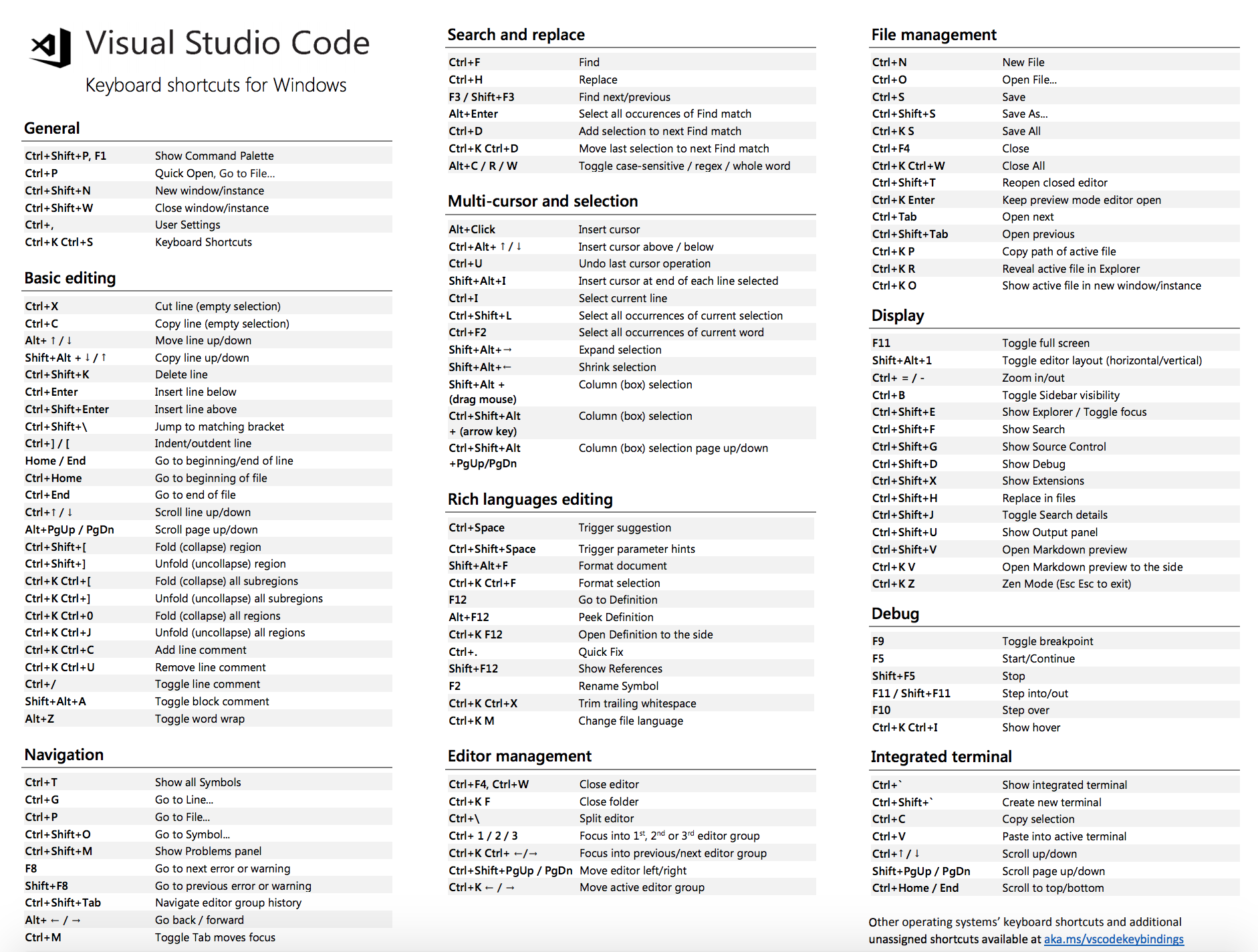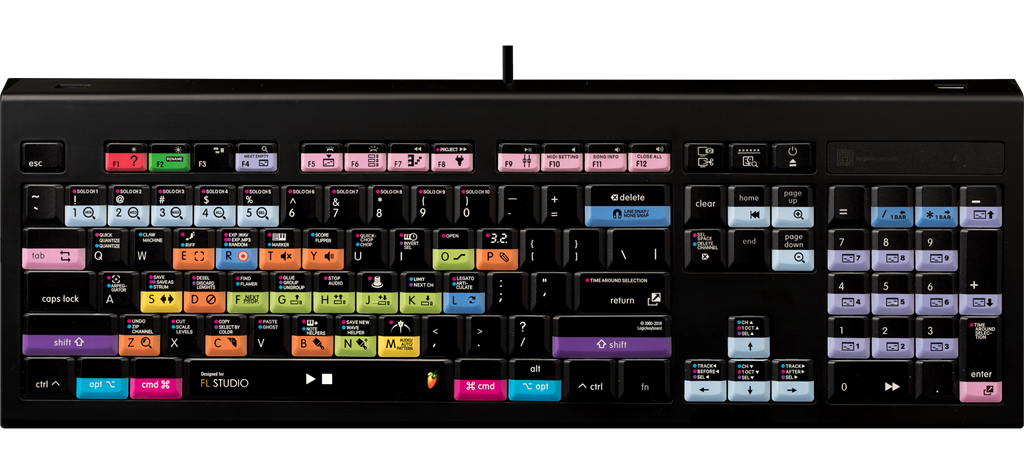
- Studio one keyboard shortcuts in reaper manual#
- Studio one keyboard shortcuts in reaper software#
- Studio one keyboard shortcuts in reaper mac#


Studio one keyboard shortcuts in reaper manual#
Note that all mentions of keyboard shortcuts in this manual refer to the standard settings.

In the Studio One/Options/General/Keyboard Shortcuts menu (macOS: Preferences/General/Keyboard Shortcuts), you can modify the existing key commands to be anything you like, as well as adding commands for functions that don’t have default key commands. The key commands used for each DAW can be viewed in the Key Command menu and can be exported in several file types for external viewing. You can then customize the key commands to fit your workflow. Here, you can select from keyboard maps for several DAWs select a map, and Studio One recognizes and applies common key commands from that DAW. In the Studio One/Options/General/Keyboard Shortcuts (macOS: Preferences/General/Keyboard Shortcuts) menu, you can see a heading called Keyboard Mapping Scheme. If you are migrating from another DAW to Studio One, you might find it helpful to switch the key command set to one specifically created to make the transition from another DAW easier.
Studio one keyboard shortcuts in reaper mac#
In these cases, the Windows location is given first, and the Mac location follows in. In several instances, options are located in the Studio One menu in the Windows version but in Preferences in the macOS version. Where there is no difference between the Windows and Mac version of a key command, only one key command is displayed. For example: /+ means “press +C in Windows, or press +C in macOS.” In this manual, key commands with modifier keys are shown with the Windows modifier key first, as follows: /+. Some key commands use modifier keys, and some modifier keys differ depending on the operating system. Many operations in Studio One have associated key commands, or keyboard shortcuts, that can be used in lieu of navigating menus with the mouse.


 0 kommentar(er)
0 kommentar(er)
